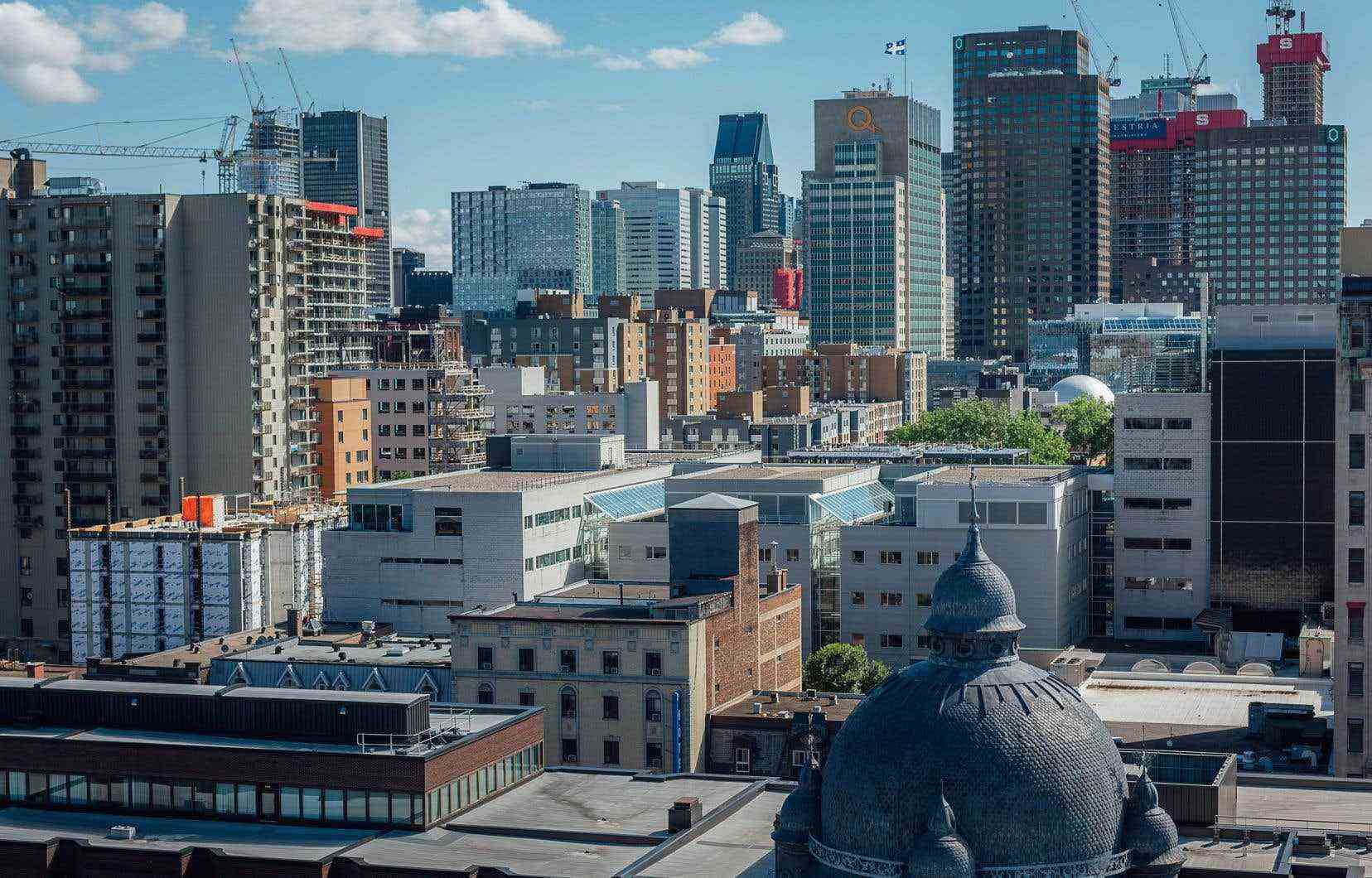While traditionally seen as concrete jungles rather than natural oases, cities are increasingly playing a leadership role in protecting biodiversity.
Cities will be in the spotlight in the coming days at a summit of subnational governments during COP15, the UN biodiversity summit in Montreal.
Sharon Gil, program officer with the cities unit of the United Nations Environment Programme, says the strong presence of municipalities at the conference reflects their growing efforts to protect biodiversity.
Cities, she said, are where most people live, where most consumers consume and where many of the impacts of biodiversity loss are felt.
“Cities are on the front lines of everything,” she said. So when there is a problem of increased rainfall leading to flooding, for example, cities have to deal with that. When there is a problem of poor air quality, cities have to deal with this problem. »
For the first time, the biodiversity framework being negotiated by the nations meeting in Montreal contains a draft specific goal that includes increasing the size and access to nature in urban areas, noted Mrs Gil.
Cities are increasingly discovering that introducing more nature is not only good for human health and well-being, but also profitable in terms of attracting investment and solving problems such as the quality of air, absorption of precipitation and even landslides, she added.
The cities summit, which takes place on Sunday and Monday, will bring together subnational governments to discuss solutions to protect nature.
Montreal Mayor Valérie Plante encourages her counterparts to sign the “Montreal Pledge”, comprised of 15 actions that include increasing protected green spaces, reducing pesticide use and eliminating plastic waste . The city also recently announced a pollinator protection plan and promised more corridors to connect green spaces.
In her keynote address to the conference on Wednesday, she urged other levels of government to listen to urban people and their mayors and help fund their initiatives.
“Cities can do a lot,” said Ms. Plante. All you have to do is support us, invite us to the negotiating table and give us the means to act. »
Shin Koseki, UNESCO Chair in Urban Landscape at the University of Montreal, said that while cities will never have the same amount of animal and plant life as untouched nature, they can help improve biodiversity both both inside and outside them.
This may mean increasing the presence of native plants and animals, including insects, and ensuring they properly manage soil, sewage and water runoff to avoid leaving contamination that can s infiltrate elsewhere.
At a higher level, he clarified that cities have a responsibility to provide “an urban living experience to combat urban sprawl” by providing dense living spaces that encroach on surrounding natural spaces as little as possible.
Mr. Koseki and Ms. Gil both acknowledge that cities face challenges when it comes to championing biodiversity, but they believe these obstacles can be overcome.
In Canada, there are concerns about the need for housing, which has prompted the Ontario government to remove land from the protected greenbelt to build more homes. Ms Gil, however, points out that cities like Hong Kong have protected much of their land as green space while increasing housing.
With some choices, humans’ relationship with nature in their cities “does not necessarily have to come at the expense of either housing or additional infrastructure that will serve marginalized neighborhoods,” she added.
Another problem facing cities, particularly in Canada, is that they have a limited funding base and are dependent on other orders of government to fund many of their ambitions.
On Saturday, mayors from 15 cities pleaded at the conference for increased funding from national governments and the private sector to help increase spaces for nature in urban areas.
Ms. Gil said that while more funding for cities would help, the leadership role cities are playing at the conference, and beyond, shows that they are ready to act with the resources they already have.
“They are not waiting for help,” she stressed.
While funding structures put them at a disadvantage, Koseki said cities are much closer to their people than other levels of government, which can be a powerful tool to drive change.
“To increase urban biodiversity, but also to increase biodiversity outside of urban areas, above all we need the participation of the population,” he explained. And cities are in the best position to engage their populations, to make them aware of these issues, and that’s why cities have a very big role to play. »
